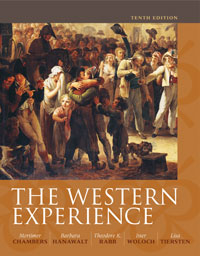| A) | Belief that bread and wine are transformed into the body and blood of Christ during the Eucharist.
|
| B) | Indviduals who subscribed to a school of thought in medieval Europe that rejected abstractions as the subject matter of philosophy and focused instead on one's experience of individual, distinct beings and objects.
|
| C) | A voluntary association of people; in earlier times, usually associations of laymen who wanted to intensify their religious piety.
|
| D) | Followers of Hus, the Bohemian priest whose practices attempted to reduce the distinction between priest and worshippers.
|
| E) | Major split of the Church in the period of 1378–1417, in which two, and later three, popes fought over the rule of the Church.
|
| F) | "Dance of death"; popular artist motif that depicted people from all different walks of life dancing with a skeleton as a foretaste of their deaths.
|
| G) | A person who organizes and assumes risk in a business venture in hopes of making a profit.
|
| H) | Rebirth of classical culture that occurred in Italy after 1350.
|
| I) | Followers of Wycliffe, a vocal dissenter of the church's leadership. This group became an underground rural movement.
|
| J) | Influential school of thought during the Renaissance, based on Plato's belief that truth lay in essential but hidden forms.
|
| K) | An intellectual movement of the Renaissance that emphasized the importance of having the ability to read, understand, and appreciate the writings of the ancient world.
|





